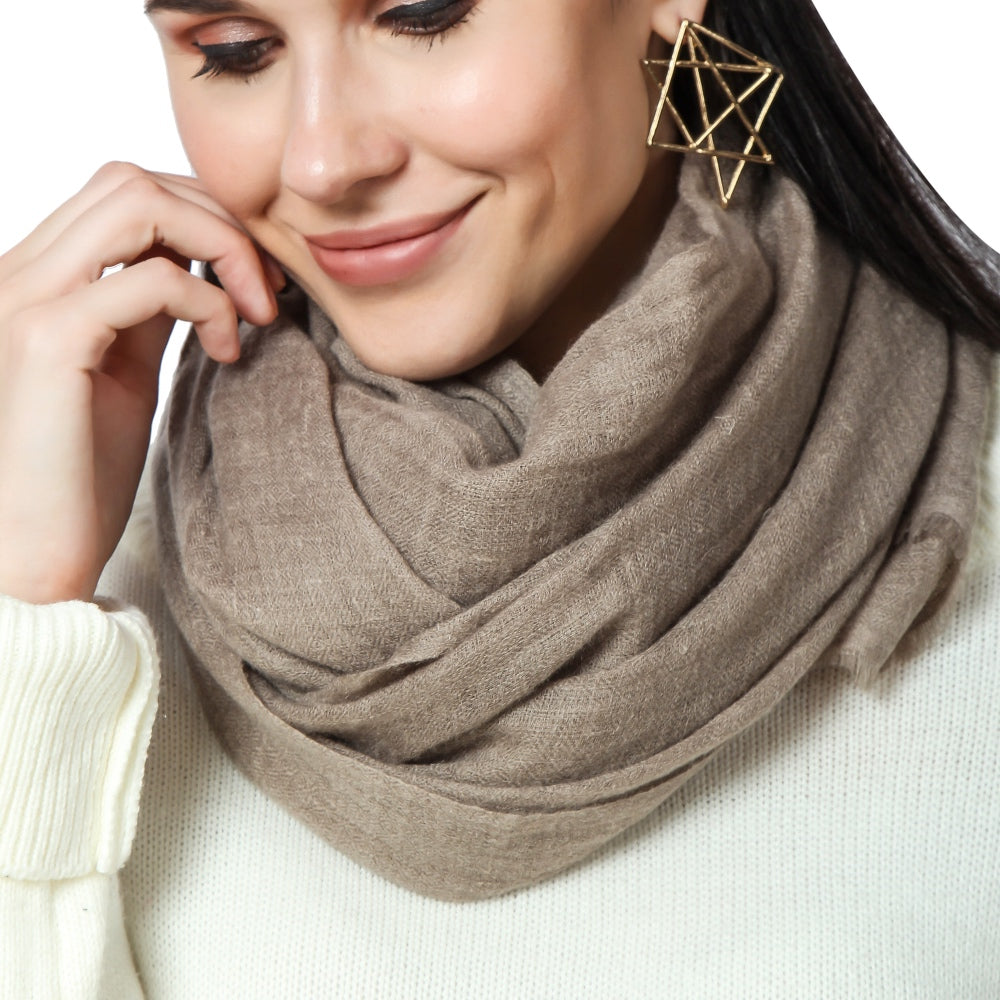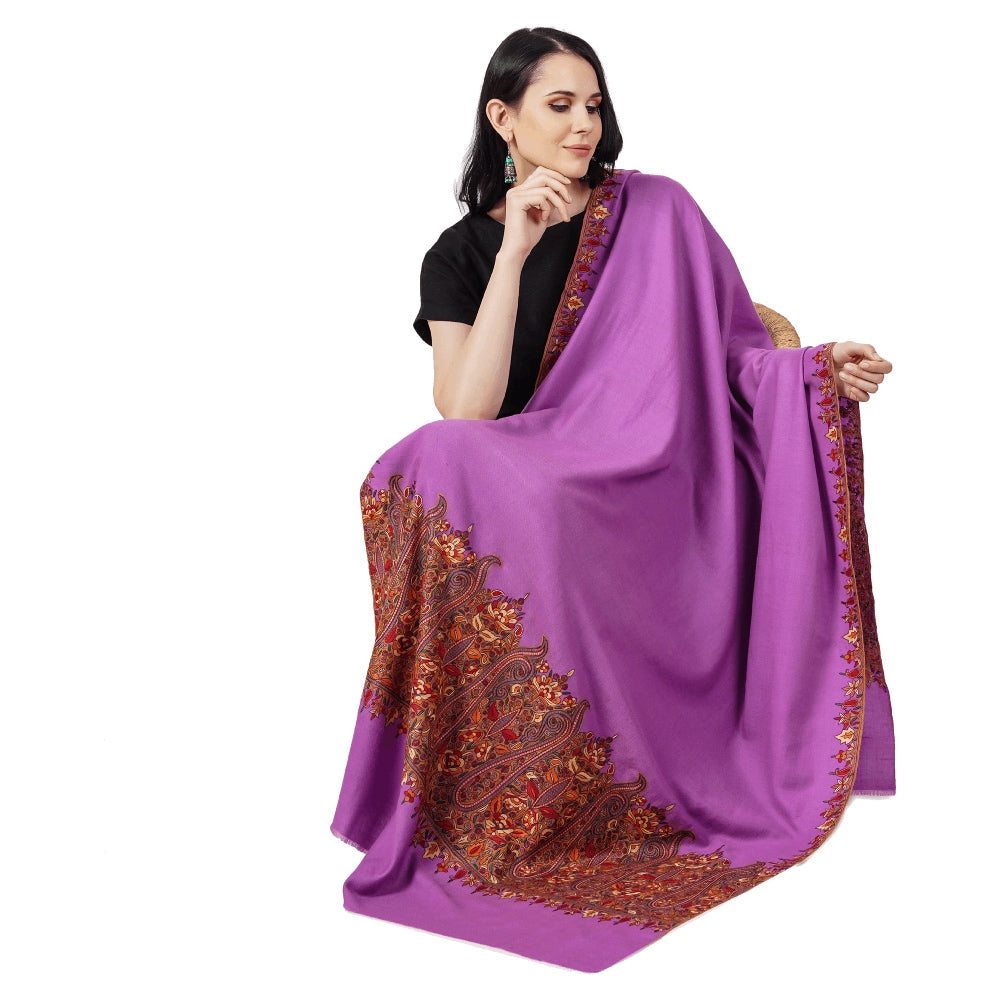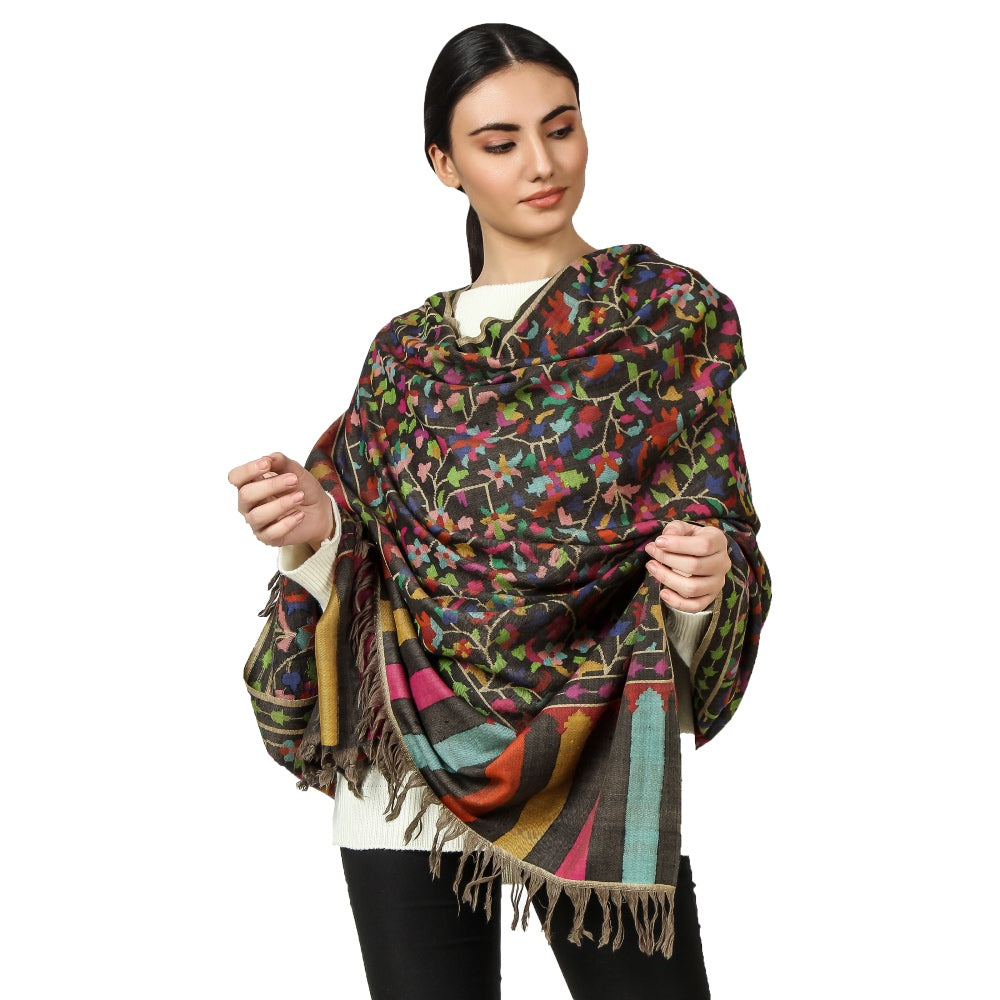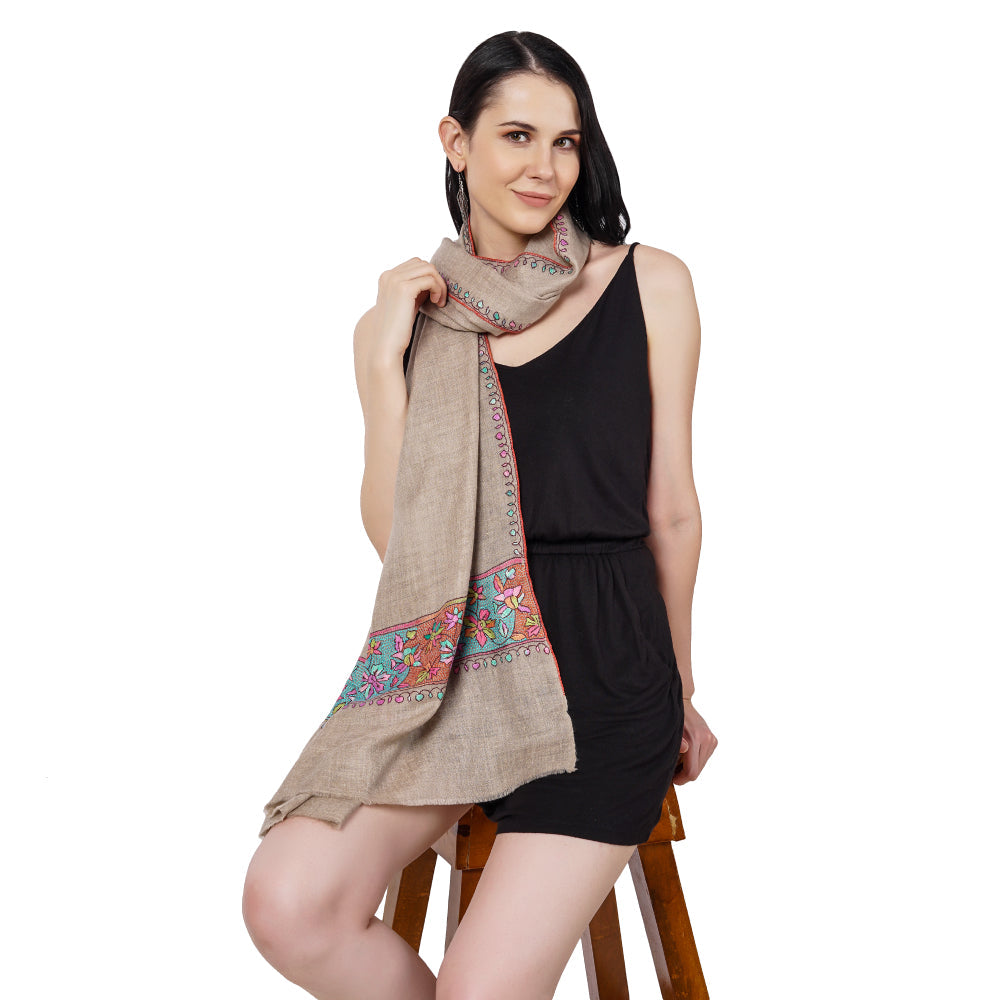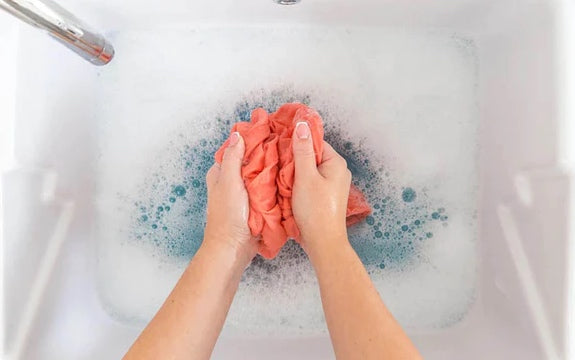
Maximizing the Life of Your Cashmere Scarf: A Comprehensive Guide to Proper Care
Share
Cashmere is a type of wool that comes from the undercoat of Cashmere goats. It is soft, lightweight, and warm, making it a popular material for clothing and accessories, such as scarves.
Benefits of Owning a Cashmere Scarf Cashmere scarves provide both comfort and style. They are soft against the skin and keep you warm in cold weather, making them ideal for outdoor wear. They are also versatile and can be dressed up or down, making them a great addition to any wardrobe.
also read: A guide on The Benefits of Owning a Cashmere Scarf
Importance of Proper Care for Longevity and Appearance Cashmere is a delicate material that requires proper care to maintain its softness, shape, and color. Neglecting to care for your cashmere scarf can lead to shrinkage, pilling, and fading. Proper care will extend the life of your scarf and ensure that it looks its best for years to come.
Identifying Quality Cashmere

Characteristics of High-Quality Cashmere: High-quality cashmere is soft, lightweight, and durable. It will not pill easily, and it should have a uniform color and texture. When shopping for a cashmere scarf, look for one that is made from 100% pure cashmere and has a tight knit weave.
Differences Between Cashmere and Other Materials: Cashmere is often blended with other materials to reduce costs. These blends can compromise the quality of the cashmere and may not be as soft or durable. When shopping for a cashmere scarf, be sure to look for one that is made from 100% pure cashmere.
How to Determine the Quality of a Cashmere Scarf: The quality of a cashmere scarf can be determined by its weight and softness. High-quality cashmere is lightweight and soft to the touch, while lower quality cashmere may be heavier and rougher. It is also important to check the label to make sure that the scarf is made from 100% pure cashmere.
Also read: Which Country produces Best quality Cashmere.
Washing and Drying

Best Practices for Washing Cashmere Scarves: Hand washing is the best way to clean your cashmere scarf. Fill a basin with Cold or lukewarm water and a cashmere detergent or a very gentle detergent, and soak the scarf for 10-15 minutes. Gently squeeze out the water, being careful not to wring or twist the scarf. Rinse the scarf in clean water and squeeze out any excess water.
Hand Washing vs Machine Washing: Hand washing is recommended for cashmere scarves because it is gentler and less likely to cause damage. If you must use a washing machine, be sure to use a gentle cycle and a laundry bag to protect the scarf.
Drying Options and Tips: Never put your cashmere scarf in the dryer. Instead, lay it flat on a clean towel and reshape it to its original form. Allow it to air dry completely before storing it. Avoid exposing your scarf to direct sunlight or heat, as this can cause fading.
Storing Your Cashmere Scarf
Proper Storage Methods: Store your cashmere scarf in a cool, dry place. Fold the scarf and place it in a drawer or on a shelf. Avoid hanging it, as this can cause stretching and misshaping.
Avoiding Common Storage Mistakes: Avoid storing your cashmere scarf in a humid or damp area, as this can lead to mildew. Also, avoid storing it in direct sunlight or near a heat source, as this can cause fading.
Long-Term Storage Considerations If you will not be using your cashmere scarf for an extended period of time, store it in a cool, dry place, preferably in a breathable garment bag. Avoid storing it in plastic, as this can trap moisture and cause damage. Before storing, make sure the scarf is clean and dry to prevent any damage from storage.
Repairing and Maintaining Your Cashmere Scarf
Tips for Preventing Damage: To prevent damage to your cashmere scarf, avoid exposing it to direct sunlight or heat, avoid using harsh chemicals or detergents, and avoid pulling on any loose threads. Handle your scarf gently, and take care when storing and washing it.
Repair Options for Common Issues: If your cashmere scarf develops pills or snags, use a fabric shaver or sandpaper to gently remove them. If your scarf has stretched or misshapen, try reshaping it while it is damp and allowing it to air dry. For more severe issues, such as holes or tears, consider taking the scarf to a professional for repair.
Regular Maintenance to Keep Your Scarf Looking Its Best: Regular maintenance will help keep your cashmere scarf looking its best. Wash and dry the scarf according to the instructions in this guide, and store it properly. To remove any pills or snags, use a fabric shaver or sandpaper as needed.
Conclusion
Proper care is essential to maintaining the appearance and longevity of your cashmere scarf. Hand wash with a gentle detergent, air dry, and store in a cool, dry place. Avoid exposing the scarf to direct sunlight or heat, and avoid using harsh chemicals or detergents.
Investing in a high-quality cashmere scarf is a wise choice. The softness and comfort of cashmere make it a popular material for clothing and accessories, and proper care will ensure that your scarf lasts for many years.
also read: Why you should invest in a Cashmere Scarf.
By following the tips in this guide, you can ensure that your cashmere scarf stays soft, warm, and looking its best. Proper care will extend the life of your scarf and keep you comfortable and stylish for years to come.

